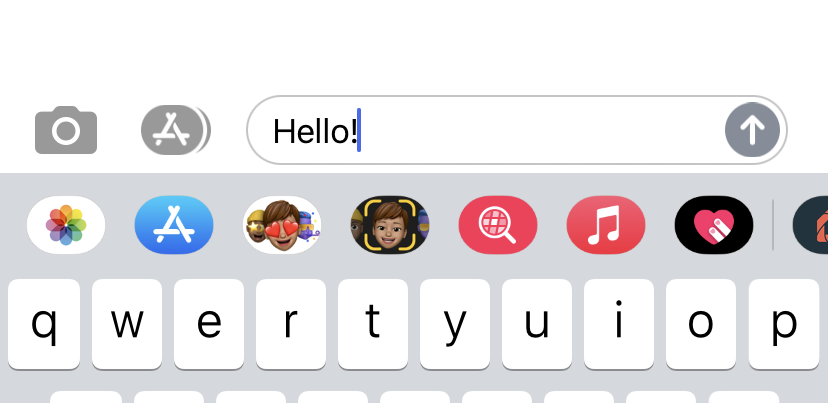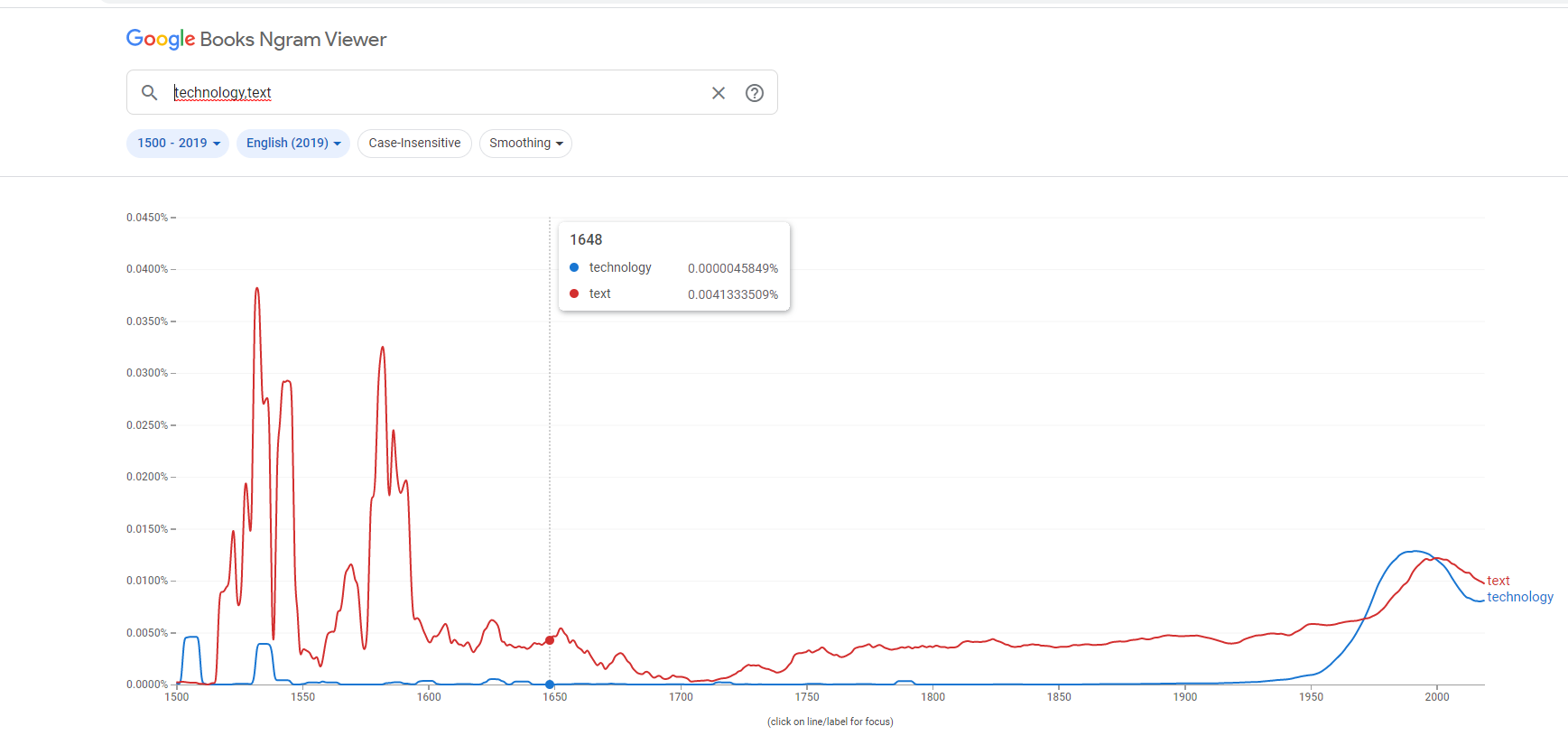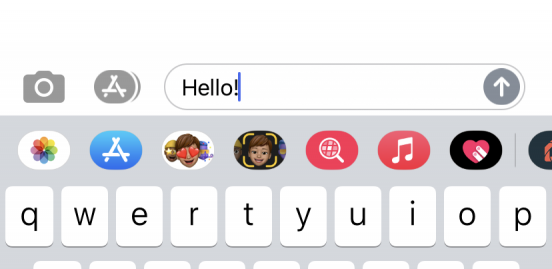1. What do the words “text” and “technology” mean to you?

My initial thinking is “text” is anything scribed, be it letters of a language or images. I imagine text communicates some sort of message. As for “technology”, I immediately think of the “medium” or the tools that transmit said messages. Examples like computers, phones, tablets, etc. are all hard examples of these mediums. There is a relationship between the two which is now making me think of the saying: “the medium is the message”. More on this later…
2.The Word Guy’s episode on Internet Age Words
Berkowitz discusses how linguistics has shifted with the onset of technology. Simply, words have become metaphors. This is highlight with his example, “firewall” and how the meaning has shifted from a physical barrier in a building, to one that exists within software. Both with a purpose to stop emanate danger.
I thought of Instagram right away and how some words have become metaphors Berkowitz (The Word Guy, UBC) discuses. The first term that jumped to my mind were “following/followers, partnerships, #tags, and @me”. Having a large following mean more than physical people following you around in a park. Instead, a large following indicates you Instagram status, your potential income, your popularity, and even partnerships you might be affiliated with. Partnerships are not just a pair of individuals in a reciprocal relationship, instead a partnership online is when social media influencer ‘partners’ with a brand to promote and sell their products by reviewing or staging the products. Both #tag, which is no longer indicative of just a phone number, now acts as a linking tool from all like minded posts, creating a web of shared ideas. To at/@ someone is now the action of addressing someone, drawing one’s attention to a post or video. All of these terms have roots in their original context, but they have become, in some ways, more convoluted.
3. Search the OED for formal definitions and etymology
Looking at “text” through the OED site, I found it interesting that the definition included many references to The Bible/scripture. Considering the role of the printing press in the distribution of such text, it makes sense that the definition would connect to this published work.This lead me to search the term “textus” which in Latin connects to the term Gospel and even “textus receptus” meaning the literal receiving of a text, or scripture.
4. Graph the Usage of the terms over time with Google Ngram Viewer

After altering the timeline on the Google Ngram viewer, I wasn’t too surprised to see that ‘text’ peaked in the 1500s-1600s. Considering the period aligns with the Printing Revolution, written text in multiple languages began changing the social and educational landscape across the world. What is most interesting about this Ngram, is how Text and Technology are the closest they have become through this time frame. This makes me wonder if text and technology are becoming synonymous is some ways? is communication occurring with text and technology, are the now both mediums?
5. Consider the following questions or come up with questions of your own
I have answered of these questions throughout this assignment, but will answer some of the remaining ones that I am still thinking about.
- What does the etymology of these words suggest about their inherent meanings? I believe Berkowitz (The Word Guys, UBC)is spot on when he comments that the origin of words have become ‘metaphors’ of purposes today with regard to technology. His example of the use of a “cloud” illustrates this beautifully. Although there is no literally cloud holding our files and images in particles, in some ways our information is in particles in a space, untouchable.



